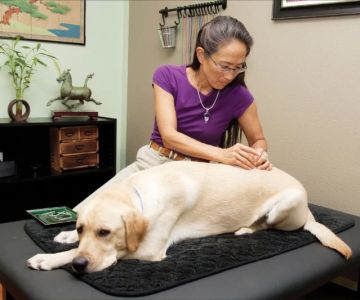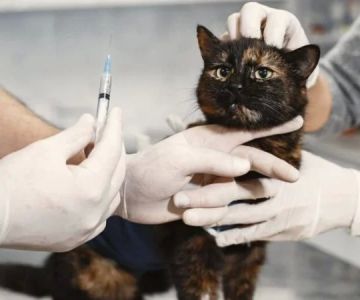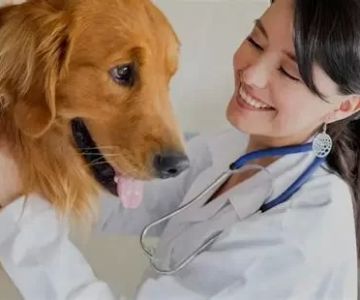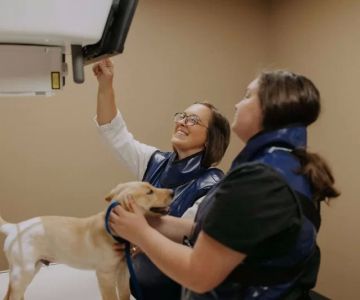What is a CVT Veterinary: Understanding the Role of a Certified Veterinary Technician
- 1. The Role of a CVT in Veterinary Medicine
- 2. Essential Skills and Education for Becoming a CVT
- 3. A Real-Life Example: CVTs in Action
- 4. Career Growth and Opportunities for CVTs
- 5. Why You Should Consider Becoming a CVT
1. The Role of a CVT in Veterinary Medicine
A Certified Veterinary Technician (CVT) plays a crucial role in the veterinary team. These professionals are responsible for assisting veterinarians in diagnosing, treating, and caring for animals. They perform various tasks such as administering anesthesia, collecting samples for laboratory tests, monitoring patient recovery, and providing client education on pet care.
The role of a CVT is not just about technical expertise but also about providing compassionate care for animals. They work in a variety of settings, including animal hospitals, veterinary clinics, research labs, and shelters, making them an integral part of the veterinary healthcare system.
2. Essential Skills and Education for Becoming a CVT
To become a successful CVT, certain skills and education are essential. First and foremost, aspiring CVTs need to complete a formal veterinary technology program, which typically lasts two to four years. These programs are offered by accredited institutions and include both classroom instruction and hands-on training.
Some key skills required for this role include:
- Strong understanding of animal anatomy and physiology
- Proficiency in laboratory techniques and medical procedures
- Excellent communication skills to work with both the veterinary team and pet owners
- Attention to detail and the ability to handle stressful situations
Additionally, certification is required in many regions, which involves passing exams and maintaining ongoing professional development to stay current with the latest veterinary practices.
3. A Real-Life Example: CVTs in Action
Imagine a typical day for a CVT at a busy veterinary clinic. Sarah, a certified veterinary technician, starts her day by assisting the veterinarian in preparing for surgeries. She ensures that all necessary equipment is sterilized and checks the anesthesia machines for proper functionality.
During surgery, Sarah monitors the animal's vital signs and adjusts anesthesia as needed. Afterward, she helps with post-operative care, ensuring the animal is comfortable and recovering properly. Throughout the day, Sarah also interacts with pet owners, explaining medication instructions and offering advice on post-care treatments.
This real-life example highlights just a few of the responsibilities a CVT takes on in a veterinary setting. Their expertise and care are critical in ensuring the health and well-being of animals.
4. Career Growth and Opportunities for CVTs
The field of veterinary technology offers several career growth opportunities. As a CVT, you can specialize in areas such as dental care, anesthesia, radiology, or emergency and critical care. Many CVTs also take on managerial roles or become instructors to train future veterinary technicians.
Additionally, the demand for veterinary professionals is growing. According to the U.S. Bureau of Labor Statistics, employment for veterinary technicians is expected to grow much faster than the average for all occupations, reflecting the increasing need for skilled professionals in animal healthcare.
For those passionate about animals, becoming a CVT offers not only job stability but also the opportunity to make a meaningful difference in the lives of pets and their owners.
5. Why You Should Consider Becoming a CVT
If you're an animal lover with a passion for healthcare, becoming a CVT might be the perfect career choice for you. The role of a CVT offers the chance to work closely with animals while making a tangible impact on their health. The job provides a sense of fulfillment, job security, and plenty of opportunities for specialization and growth.
Moreover, the veterinary field is known for its compassionate and collaborative environment, where every day is different and full of challenges. If you’re looking for a rewarding career that combines technical skills and compassion, consider pursuing a career as a Certified Veterinary Technician.
Ready to take the next step in your career? Explore accredited veterinary technology programs today and start your journey toward becoming a CVT!









